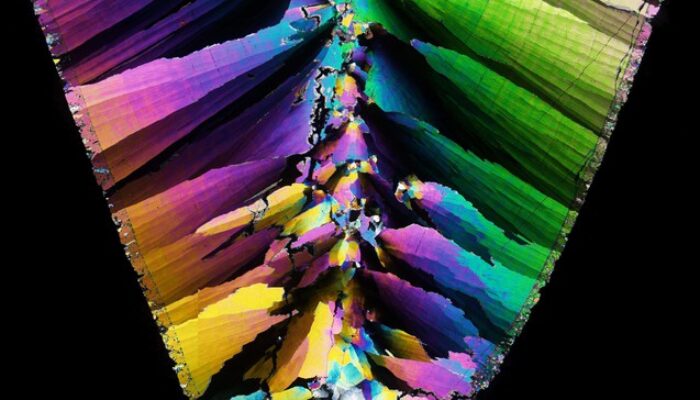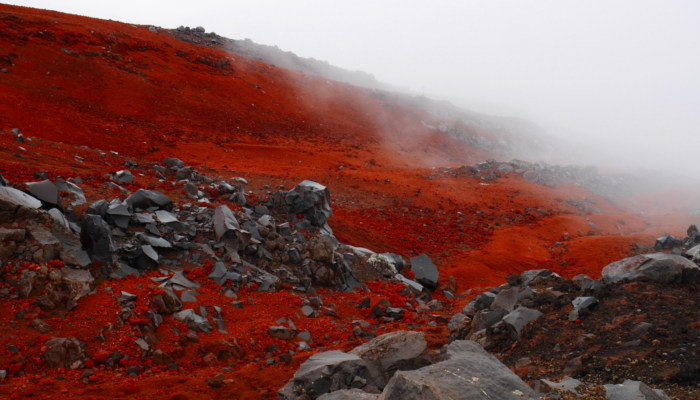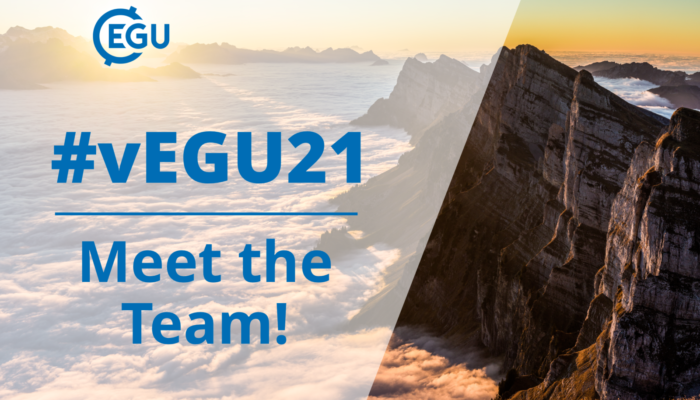Last year, the European Commission’s Joint Research Centre (JRC) published their Science for Policy Handbook that provides advice on how to bring science to the attention of policymakers. The Handbook is divided into 19 Chapters covering different areas of science for policy as well as some of the challenges that scientists face when engaging with policy and potential solutions. This month’s GeoPo ...[Read More]
Imaggeo On Monday: the EGU Photo Competition – 2 DAYS LEFT!
We are so excited for your images to show us other ways of seeing our wonderful planet in the EGU 2021 Photo Competition, just like Julia Miloczki did with this stunning image ‘Glimpse of a foreign planet‘ one of last year’s winners. Remember your image can be of anything, even a gif or a video, and can have been captured at any time – not just in the last year. You only ha ...[Read More]
vEGU21 GeoTalk: Meet the Communications Team!
This year for vEGU21 we are very excited to be welcoming three great people into our EGU Communications Team for the next month to help with social media, blogging and the press conferences. These interns and volunteer are going to be assisting EGU Communications Officer Hazel Gibson and Head of Media, Communications and Outreach Terri Cook, in the run up to, and during the General Assembly, so if ...[Read More]
Imaggeo On Monday: the EGU Photo Competition – beautiful thin-sections.

In 2010 EGU held our first annual Photo Competition at the General Assembly in Vienna. Since then hundreds of photos have been shared on imaggeo by geoscientists and researchers just like you, with a lucky few being selected each year to be highlighted during the meeting and voted on by our members. These images can be of anything to do with geology or geoscience – we get many beautif ...[Read More]



